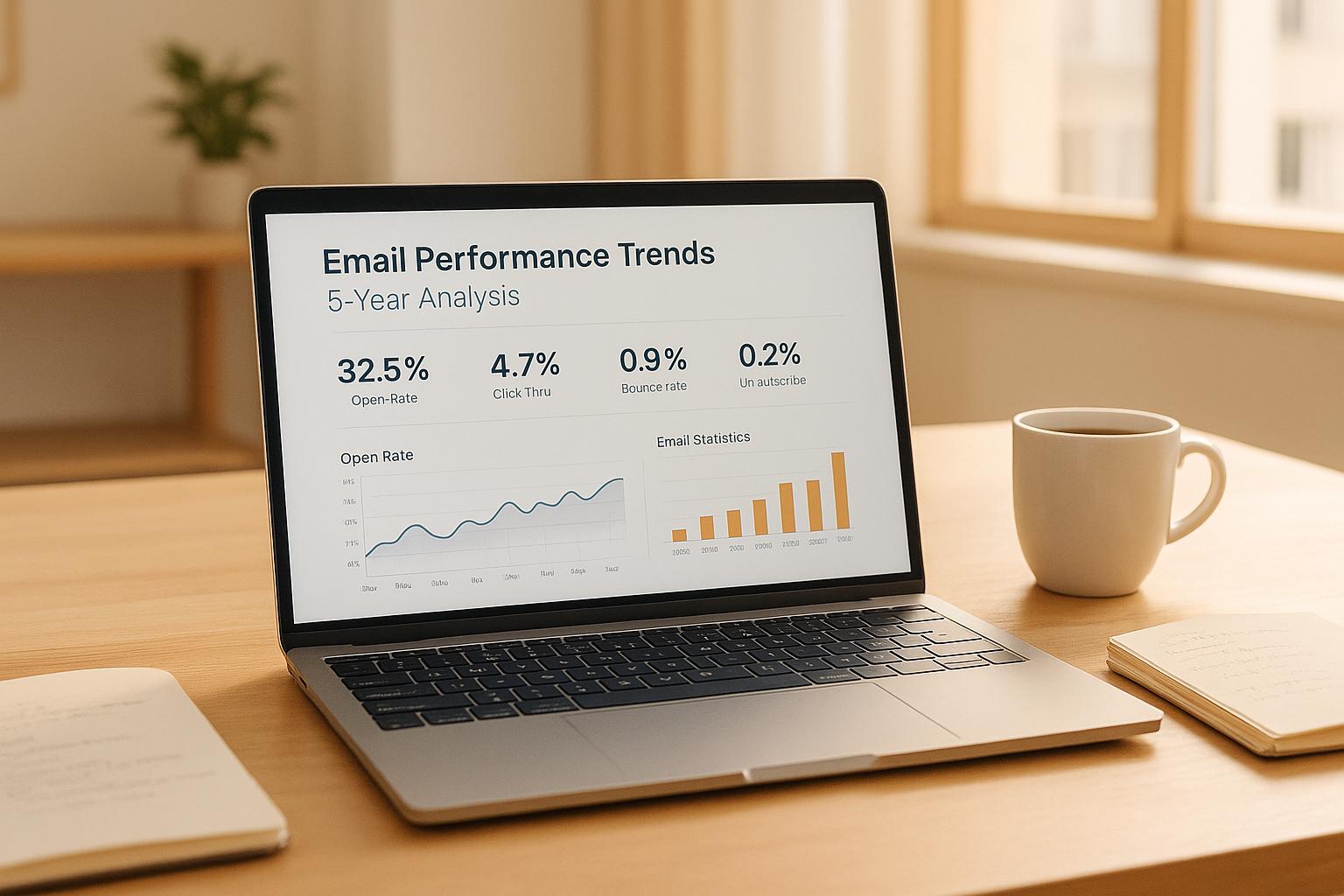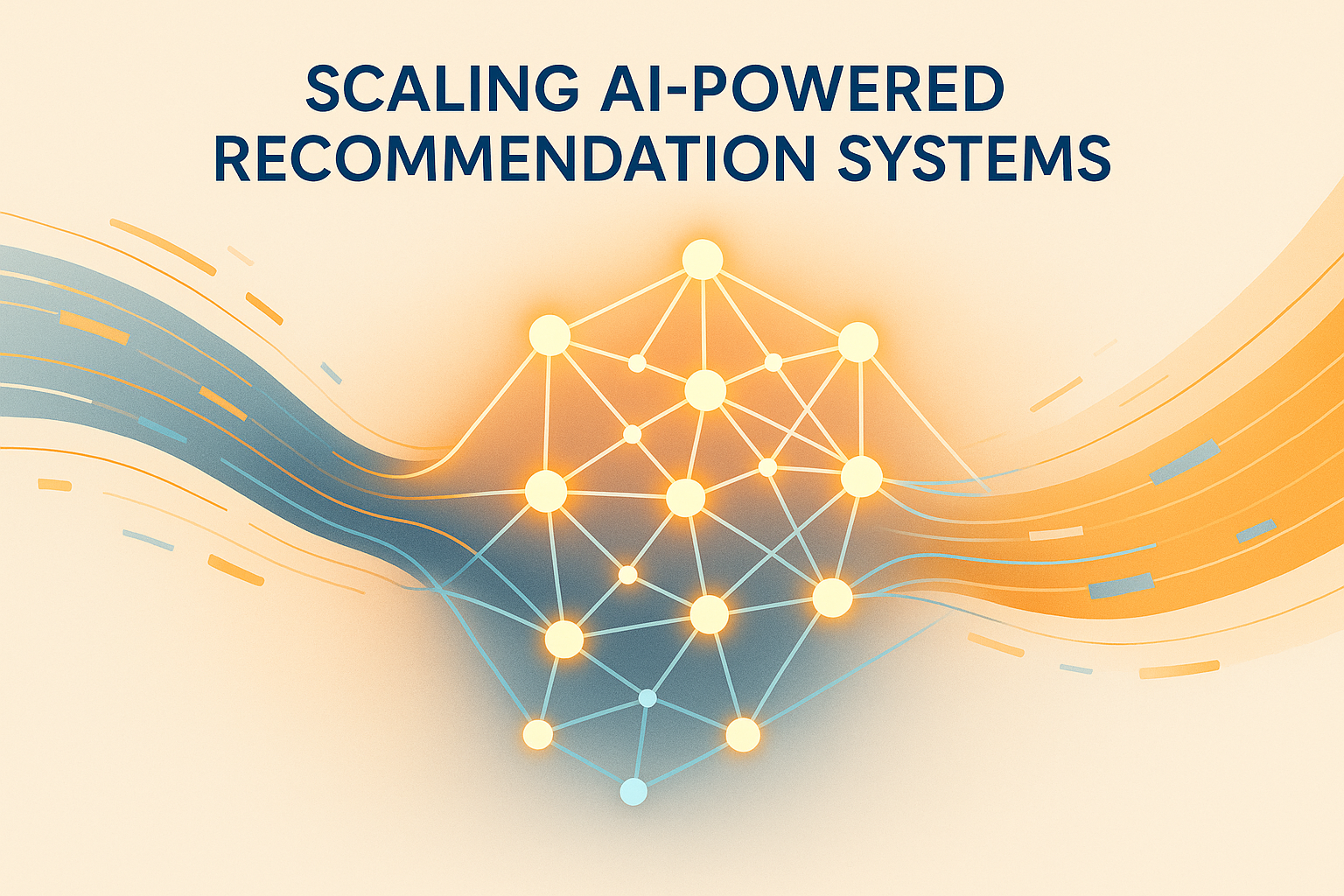Monte Carlo simulation helps businesses predict risks by running thousands of scenarios based on random variables. It creates probability distributions to forecast outcomes, making it useful for financial planning, project management, and supply chain optimization. Key benefits include:
- Financial Planning: Predicts portfolio risks and market shifts.
- Project Management: Anticipates delays and budget overruns.
- Supply Chain: Balances inventory and reduces costs.
With AI integration, Monte Carlo simulation handles larger datasets, improves accuracy, and enables real-time risk adjustments. Tools like @RISK and Oracle Crystal Ball make it accessible for businesses to model uncertainties and make data-driven decisions.
How Monte Carlo Simulation Works
Key Concepts Behind Monte Carlo Simulation
Monte Carlo simulation relies on random sampling and probability distributions to model uncertainty in complex systems. By using historical data, it calculates metrics that help in forecasting. These metrics create probability distributions, offering a detailed view of possible outcomes [1].
Step-by-Step Guide to the Process
- Define Variables and Assumptions: Identify the key factors that could influence outcomes, such as market prices or interest rates. Use historical data and current market conditions to establish probability distributions [1] [3].
- Build the Model: Create a mathematical framework that reflects real-world scenarios. This framework should incorporate historical patterns and any known constraints [2].
- Run Simulations: Execute thousands of iterations to explore a wide range of possible outcomes. These results often follow a normal distribution, providing insights into the most likely scenarios [1] [3].
While the approach assumes market efficiency, it offers valuable insights into risk. Monte Carlo simulation allows businesses to go beyond simple "best-case" or "worst-case" analyses, providing a deeper understanding of potential outcomes.
"Monte Carlo simulation transforms uncertainty into actionable insights, equipping businesses to navigate risks with greater confidence."
Building A Probabilistic Risk Estimate Using Monte Carlo Simulations
Using Monte Carlo Simulation in Business
Monte Carlo simulation is a powerful tool that helps businesses navigate uncertainty and make informed decisions.
Common Business Applications
Businesses across various sectors use Monte Carlo simulations to tackle complex problems and reduce risks. In finance, it's widely used for assessing portfolio risks and determining capital reserves [1]. Companies also rely on it to evaluate market opportunities, analyze investment risks, allocate resources efficiently, model supply chain operations, and predict customer demand.
In project management, these simulations are invaluable for estimating potential schedule delays and budget overruns. Whether it's finance, logistics, or planning, Monte Carlo simulation can adapt to meet specific challenges.
Examples from Different Industries
Monte Carlo simulation proves its value across a range of fields:
- Healthcare Operations: Hospitals forecast patient demand and fine-tune staff schedules, especially during busy seasons, ensuring sufficient staffing while managing costs [2].
- Financial Services: Banks and investment firms use it to model market scenarios, assess portfolio risks, and plan capital reserves [1].
- Manufacturing and Supply Chain: Manufacturers apply it to predict maintenance needs, streamline production schedules, and handle supply chain uncertainties [2].
The combination of Monte Carlo simulation with AI has further expanded its potential. By analyzing larger datasets and improving probability models, this integration allows for sharper forecasts and more precise decision-making.
These examples highlight how businesses can integrate Monte Carlo simulations into their operations to address uncertainty and optimize outcomes.
sbb-itb-bec6a7e
How to Start Using Monte Carlo Simulation
What Data You Need for Simulations
To get accurate results from Monte Carlo simulations, you need reliable historical data. This data helps create probability distributions that reflect real-world variability. Examples of useful data include historical price trends, market patterns, operational metrics, and variability in processes. For instance, manufacturers can use data on supplier delivery times, production delays, and material costs to simulate supply chain risks effectively [1].
The accuracy of your simulation depends heavily on the quality of your input data. Comprehensive datasets that cover both routine operations and rare events are essential for building realistic probability distributions [2].
Tools for Running Monte Carlo Simulations
Several tools make it easier to perform Monte Carlo simulations. One standout is @RISK, known for its advanced features in risk analysis and simulation modeling [3].
Here’s a quick comparison of popular Monte Carlo tools:
| Tool | Best For | Key Features | Integration |
|---|---|---|---|
| @RISK | Complex business modeling | Customizable probability distributions | Excel |
| Oracle Crystal Ball | Financial forecasting | What-if analysis | Excel |
| Analytica | Visual modeling | Influence diagrams | Standalone |
| RiskAMP | Simple simulations | Basic probability modeling | Excel |
Using AI Tools to Improve Simulations
AI can take Monte Carlo simulations to the next level. It helps identify anomalies in historical data, provides real-time insights, and makes forecasting more dynamic. AI tools can also handle larger datasets, optimize probability models, and automate data preparation, saving time and improving accuracy [1].
When starting with Monte Carlo simulations, define your objective clearly. Begin with a simple analysis and expand as you become more comfortable with the process. Regularly compare your simulation results to actual outcomes to fine-tune your models and improve their accuracy.
"Monte Carlo simulations allow companies to quantify risk by showing the range of possible outcomes for any given decision." - Lumivero [2]
Conclusion and Final Thoughts
Why Monte Carlo Simulation Matters
Monte Carlo simulation has changed the way businesses approach risk forecasting. By using statistical analysis, it helps quantify risks and gives organizations a clearer picture of possible outcomes [4]. This method brings together various risk factors, making it a valuable tool for industries like finance, manufacturing, and healthcare to manage uncertainties and improve decision-making [2].
How AI is Shaping the Future of Risk Forecasting
Monte Carlo simulation has already made a big impact, but combining it with AI is set to take risk forecasting to the next level. AI enhances these simulations by boosting predictive accuracy, enabling real-time adjustments, and automating risk assessments. This creates a more precise and responsive forecasting process [5].
Here’s what AI-powered Monte Carlo simulations can bring to the table:
- Better recognition of patterns in complex data
- Real-time adjustments to new risks and market shifts
- Automated, ongoing risk monitoring and analysis
The integration of AI with Monte Carlo simulation is paving the way for smarter, data-driven decisions across industries. As challenges grow more complex, this combination will be key for businesses to stay competitive and handle uncertainties effectively [1].
FAQs
Here are answers to some common questions about Monte Carlo simulations and their use in risk forecasting.
What is the Monte Carlo simulation for forecasting?
Monte Carlo simulation predicts outcomes by running thousands of random iterations using historical data. It generates probability distributions to address uncertainty. In business, this approach helps analyze multiple variables at once, supporting data-driven decisions. For example, financial institutions use it to assess portfolio risks by factoring in market trends and economic indicators, aiding in precise risk evaluation and planning [1] [3].
What is the Monte Carlo method for forecasting?
The Monte Carlo method uses data analysis, probability modeling, and scenario testing to create forecasts. This involves studying historical data, assigning probabilities to uncertain factors, running simulations, and interpreting the results to predict risks and outcomes [1] [2]. Many modern applications now incorporate AI to improve accuracy and speed, enabling advanced risk forecasting and real-time updates [3].


